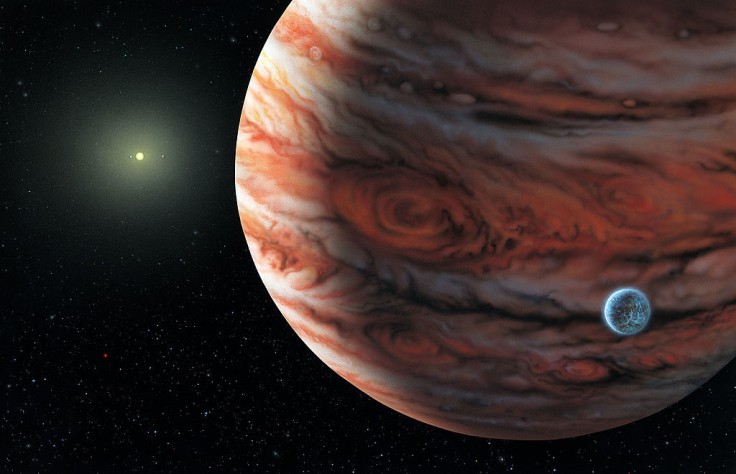
A 100-meter asteroid recently crashed on the Gas Giant's surface. Fortunately, a couple of amateur astronomers captured the ultra rare Jupiter asteroid impact this 2021.
There are hundreds of asteroids that hit Jupiter every year. The planet, the largest in the solar system, acts as a blockade for space debris on a crash collision course for Earth.
Recently, though, two astronomers captured the asteroid impact on the planet's surface.
Jupiter Asteroid Impact Video: Bright Flashes on the Planet
Astronomer Jose Luis Pereira caught the flash of the impact from Sao Paulo, Brazil. He told Space: "To my surprise, in the first video, I noticed a different glow on the planet. I didn't pay much attention to it as I thought it might be something related to the parameters adopted, and I continued watching normally."
Pereira uploaded the video clip on his YouTube channel. At the time of writing, it has received 1,175,502 views in less than a week. The 54-second video replayed the impact flash approximately 12 times on the right side of the planet.
The astrologer dated the video "2021/09/13 23:39:30 UT." He also said the equipment he used for sky watching is a Newtonian Telescope 275mm f/5,3 with a QHY5III462C camera, plus a Televue Powermate 5x (f/26,5) eyepiece and an IRUV cut filter.
ESA Operations tweeted an image focus on the impact flash, taken from Pereira's gallery.
Light on at Jupiter! Anyone home? This bright impact flash was spotted yesterday on the giant planet by astronomer José Luis Pereira.
— ESA Operations (@esaoperations) September 14, 2021
Not a lot of info on the impacting object yet but its likely to be large and/or fast!
Thanks Jupiter for taking the hit☄️#PlanetaryDefence pic.twitter.com/XLFzXjW4KQ
Another astronomer, Herald Paleske, also captured the impact. Twitter user Corey S. Powell uploaded the image shot. Powell speculated a 100-meter in diameter comet or asteroid caused the small but potent flash.
Here's a much clearer look at the object that struck Jupiter on Monday, via Harald Paleske. It was probably a comet or asteroid about 100 meters in diameter -- small but potent. https://t.co/xOEmXLqXAL pic.twitter.com/OzJGOnjRTu
— Corey S. Powell (@coreyspowell) September 15, 2021
According to The Sun, this is the eighth recorded impact on Jupiter. The first impact was in 1994, dubbed as comet Shoemaker-Levy 9 (SL9).
Astrologers Fascinated With Jupiter
The recent impact event fueled astronomes'r interest in the giant planet. Further research revealed Jupiter's 425C temperature, influenced by its ultraviolet auroras and volcanic moon Io.
The Sun reported other fun facts about the planet. Jupiter's planet mass is scaled 318 times larger than Earth.
Jupiter is also recorded as the fastest-spinning planet in the solar system. Its intense revolutions eventually flattened its poles and bulged its size at the equator.
Photos of Jupiter often showcase the planet with dense whirling clouds. In truth, those clouds are only 50 km thick and deceptively narrow in size.
Jupiter is famously known for its Great Red Spot, a constant storm approximately 24,000 km in diameter and 14,000 km in height.
Lastly, it is worth noting that Jupiter features the strongest magnetic field in the solar system, approximately 14 times stronger than Earth.
Interested astronomers can try sky watching Jupiter without telescopes. This would be the third brightest object on the solar system, after Venus and the Moon.









